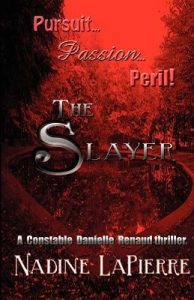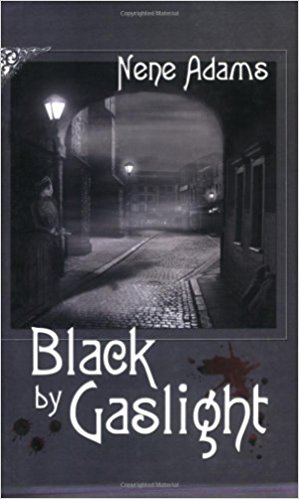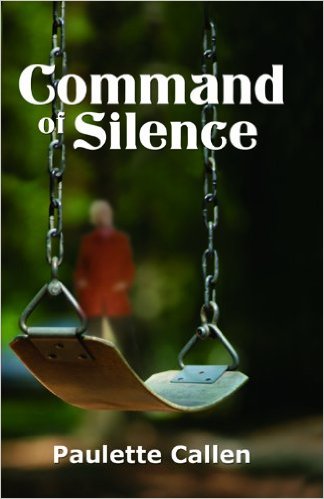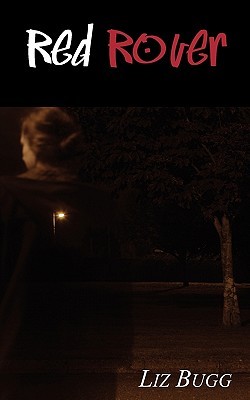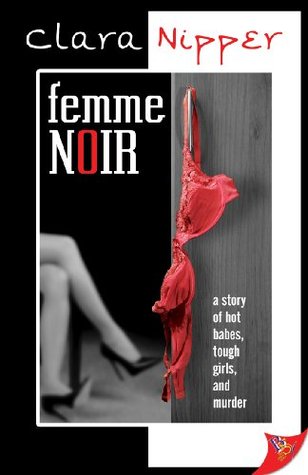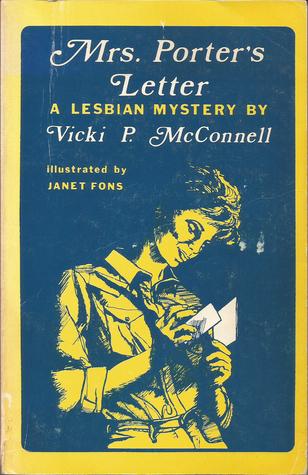Whoa. Here’s something I wasn’t expecting. I purchased The Slayer primarily so I could get free shipping for a recent book order. At the time I ordered it, I was not even sure that it was a mystery. The book, when it arrived, was an attractive size and it was well formatted—more accessible for my taste than the often-unwieldy RegalCrest/Quest books. Because it was almost certainly printed by CreateSpace, I assumed it to be self-published (under the aegis of Frisson Books. So far so good.
The prologue—although just as unnecessary as most prologues, was written better and held my interest better than most. Then we meet RCMP Constable Danielle (not Dannie, please) Renaud, who has left her birthplace near Quebec to take a job in Halifax, Nova Scotia. At first blush, she is simply Claire McNab’s Carol Ashton transplanted from Australia to Canada—an incredibly beautiful, statuesque out blonde with a hard-to-match work ethic. But I think Danielle is a more rounded, more-professionally written character than Carol. And she has a good backstory. She has a habit of speaking her ideas into a tape recorder: a convincing and fairly unique motif. So, still good.
In fact, once you get through the first dozen chapters and figure out who the characters are, The Slayer is a pretty remarkable book. On loan from her department to the Special Crimes Unit, Danielle is assigned to look into a cold case—the death of a nurse a year and a half before. Danielle digs into this seemingly impossible-to-solve case and manages to dig up a few new facts no one else had been able to find, while trying to juggle a personal life that includes no less than five women dancing around each other like mating birds. Misdirections abound—but they are misdirections well conceived.
The reader (along with Danielle) learns a lot about forensics and psychology without the author making us think of homework. Danielle’s knowledge of different types of data searches gets a bit forced, but everything else—including a knowledge of veterinary supplies and types of drugs—are spot-on believable. And hey, LaPierre knows her way around the bedroom, too; you can look forward to a couple of delicious sex scenes that are almost worth the price of the book (plus shipping).
The author takes a lot of chances and almost always gets away with what she attempts. The plot often careens like a tilt-a-whirl, but rather than thinking that there might be a method to the madness, I suspect that there is genius in that madness instead. The Slayer is simply one of the most well-plotted books I have ever read. Add this to a plethora of interesting characters and a total lack of typos, and you have the makings of a must-read.
But the book is not all gold and emeralds. It is difficult at times to figure out who is romancing who, a couple of these relationships are not properly brought to a close, there are a few clumsy point of view shifts, needless dream sequences are thrown in here and there, and don’t even get me started on the last paragraph!
All in all, though, it is an exciting and well-written mystery. I recommend this book pretty highly and wish the author would tweak it just a bit. And here’s a clue. Books published at CreateSpace are free to revise and the author doesn’t have to even buy any copies herself. Ditto for e-books. Second edition, anyone? As it is now, I’ll call it 3.7.
For over 250 other Lesbian Mystery reviews by Megan Casey, see her website at http://sites.google.com/site/theartofthelesbianmysterynovel/ or join her Goodreads Lesbian Mystery group at http://www.goodreads.com/group/show/116660-lesbian-mysteries

